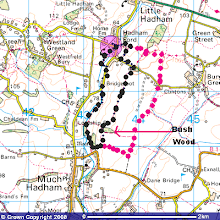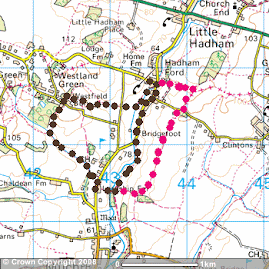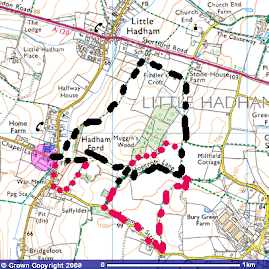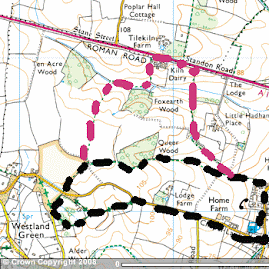The first 6 months of 2021 will go down as one of the poorest mothing years in living memory. 22 nights of frost in April and a very wet May, interspersed with a few hot and dry days really meant several common and expected moth species were not seen. It is possible they didn't emerge due to the low temperatures and it will now be a wait and see game. Will they remain in pupation until next year or just perish? If the latter is the case then certain moths will be hard to come by for a few years to come. Wonder if those that are bivoltine will emerge at the correct time as 2nd generation? Not sure we will ever prove that apart from where 1st and 2nd generations differ in colouration or size.
Moths such as Purple thorn and Early thorn, regular visitors to the 125 MV Skinner trap were not seen at all, whilst others were counted in very small numbers. No moths were trapped at all between 28.iv.21 and 02.v.21 whilst my latest ever date for an empty trap occured on 25.v.21, a particularly cold night for the end of May
By mid June things began to pick up with several warmer, overcast nights, with the 28.vi.21 being the best night for species, where 43 different species were recorded. The night that offered the most moths was 16.vi.21 where 91 moths were taken, made up of 40 species. This was a very wet night, where my MV bulb blew but still functioned. Presumably a brighter light without the shaded glass surround. According to Jon Clifton, it was also likely to be emitting more UV light, hence the good haul for that night.
A few new records for Little Hadham were made during this period, as follows:
01.iii.21: Calybites phasianpennella
31.iii.21: Lead coloured drab
03.vi.21: Dichroampha acumintana
14.vi.21: Aethes beatricella
16.vi.21: Epinotia bilunana
17.vi.21: Netted pug
26..vi.21: Miller
By the last day of June, the totals were 133 species of macro moth and 65 micro species. Overall, 1515 moths were trapped.
The most numerous moths were:
Large nutmeg: 134
Treble lines: 115
Heart and dart: 86
Small quaker: 85
Common swift: 48
Common wainscot: 42
The most common micro was Celypha striana with a count of 22 specimens. Appears to be having a good year.
Not too many suprises in emergence times apart from a brief spell between 14.vi.21 and 18. vi.21 where 7 Common rustic aggs were taken. Not unheard of but a tad early. None since the final date.
By 30.vi.21 the overall records for Little Hadham parish, including the garden at TL435218 stand at 378 macro species and 416 micro species, giving a total of 794 species since I began recording in June 2011, exactly 10 years ago. There are still many gaps and hopefully, it will be possible to pass 800 species by the end of this year.
Moths with particulary low numbers this period, ones that I normally expect to make 3 figures were Hebrew character (32) and Common quaker (38) whilst others are typically seen on more than 30 occasions were Double striped pug (4,) Nut tree tussock (1,) Green carpet (19) and Oak tree pug (1.)
Hopefully, July through to mid September should see a better haul and possibly a few more new records for my parish list.
 |
| Epinotia bilunana |
 |
| Miller |
 |
| Netted pug, female that started egg laying in the tube so immediately released. |
 |
| A very worn Lead coloured drab that was gen detted to confirm |
 |
| Small elephant hawkmoth continues to increase in number locally. None between 2011 and 2018, 1 in 2019, 4 in 2020 and already 6 for 2021. |








































































































